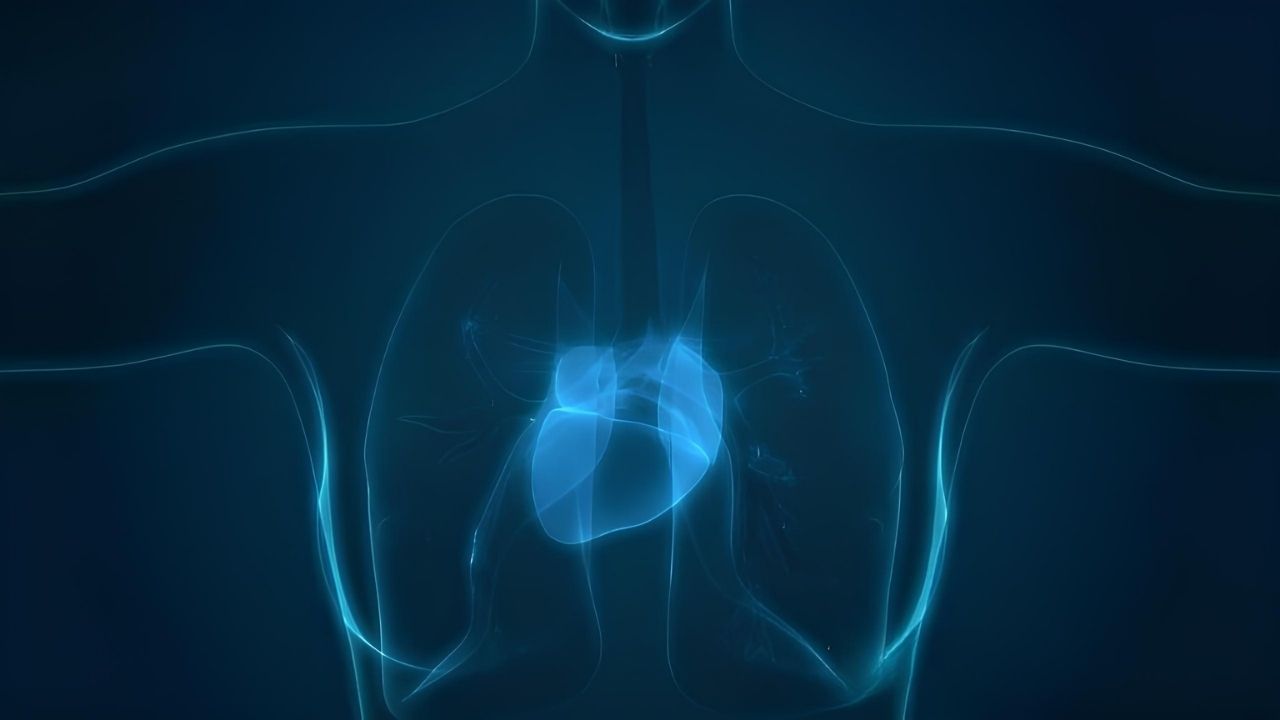
Concato Disease might sound unfamiliar, but understanding it is crucial. This rare condition affects the connective tissues in the body, leading to a variety of symptoms that can be challenging to manage. What exactly is Concato Disease? In simple terms, it's a disorder where the body's immune system mistakenly attacks its own tissues, causing inflammation and damage. This can result in joint pain, skin rashes, and even organ complications. While the exact cause remains unknown, researchers believe genetics and environmental factors play a role. Treatment often involves medications to reduce inflammation and manage symptoms. Learning about Concato Disease can help in recognizing its signs early and seeking appropriate care.
Key Takeaways:
- Concato Disease is a rare condition that affects multiple organ systems. It can cause symptoms like chronic fatigue, respiratory issues, cardiovascular problems, and neurological symptoms, making it challenging to diagnose and treat.
- Ongoing research and international collaboration are crucial in understanding and finding better treatments for Concato Disease. Support groups, regular check-ups, and education play a vital role in helping patients manage their condition and advocate for improved care.
What is Concato Disease?
Concato Disease, also known as Concato Syndrome, is a rare medical condition that affects various systems in the body. Understanding this disease can be challenging due to its rarity and complex nature. Here are some intriguing facts about Concato Disease to help you grasp its essence.
-
Concato Disease is extremely rare. Only a handful of cases have been documented worldwide, making it a subject of interest for medical researchers.
-
It was first identified in the early 20th century. Dr. Luigi Concato, an Italian physician, described the disease in 1923, giving it his name.
-
The disease affects multiple organ systems. Patients may experience symptoms in their respiratory, cardiovascular, and nervous systems.
-
Genetic factors play a role. Some studies suggest a hereditary component, though the exact genetic markers remain unidentified.
-
Symptoms vary widely. Patients can exhibit a range of symptoms, from mild to severe, making diagnosis difficult.
Symptoms of Concato Disease
Understanding the symptoms is crucial for early detection and management. Here are some of the common and uncommon symptoms associated with Concato Disease.
-
Chronic fatigue is a common symptom. Patients often report feeling tired despite adequate rest.
-
Respiratory issues are prevalent. Shortness of breath and chronic cough are frequently observed.
-
Cardiovascular problems can occur. Some patients experience irregular heartbeats or hypertension.
-
Neurological symptoms are also noted. These can include headaches, dizziness, and even seizures.
-
Skin manifestations are possible. Rashes and unusual skin discoloration have been reported in some cases.
Diagnosis and Treatment
Diagnosing Concato Disease can be tricky due to its rarity and symptom variability. Here are some facts about how doctors approach diagnosis and treatment.
-
Diagnosis often involves multiple tests. Blood tests, imaging studies, and genetic testing are commonly used.
-
Misdiagnosis is common. Due to its rarity, Concato Disease is often mistaken for other conditions.
-
There is no cure. Treatment focuses on managing symptoms and improving quality of life.
-
Medications can help. Anti-inflammatory drugs and immunosuppressants are often prescribed.
-
Lifestyle changes are recommended. Patients are advised to adopt a healthy diet and regular exercise routine.
Research and Future Directions
Ongoing research aims to better understand Concato Disease and develop more effective treatments. Here are some key points about current research efforts.
-
Research is limited but growing. More studies are being conducted as awareness of the disease increases.
-
Clinical trials are underway. New medications and therapies are being tested for efficacy.
-
Genetic research is promising. Identifying specific genetic markers could lead to targeted treatments.
-
Patient registries are being established. These databases help track cases and facilitate research.
-
International collaboration is key. Researchers from different countries are working together to share findings and resources.
Living with Concato Disease
Living with a rare disease like Concato Disease presents unique challenges. Here are some insights into the daily lives of those affected.
-
Support groups are invaluable. Connecting with others who have the disease can provide emotional support and practical advice.
-
Mental health is a concern. Many patients experience anxiety and depression due to their condition.
-
Regular medical check-ups are essential. Ongoing monitoring helps manage symptoms and catch complications early.
-
Education is empowering. Learning about the disease helps patients take an active role in their care.
-
Advocacy is important. Raising awareness can lead to better funding for research and improved patient care.
Final Thoughts on Concato Disease
Concato Disease, though rare, has unique characteristics that set it apart. Understanding its symptoms, causes, and treatments can make a significant difference in managing it. Early diagnosis is crucial, as it can lead to better outcomes. Patients often experience a mix of physical and emotional challenges, making support systems vital. Researchers continue to explore new treatments, offering hope for those affected. Staying informed and proactive can help patients and their families navigate this complex condition. Remember, knowledge is power when dealing with any health issue. If you or someone you know shows signs of Concato Disease, consult a healthcare professional promptly. Awareness and education are key in combating this rare disease. Keep learning, stay vigilant, and support those in need.
Frequently Asked Questions
Was this page helpful?
Our commitment to delivering trustworthy and engaging content is at the heart of what we do. Each fact on our site is contributed by real users like you, bringing a wealth of diverse insights and information. To ensure the highest standards of accuracy and reliability, our dedicated editors meticulously review each submission. This process guarantees that the facts we share are not only fascinating but also credible. Trust in our commitment to quality and authenticity as you explore and learn with us.
